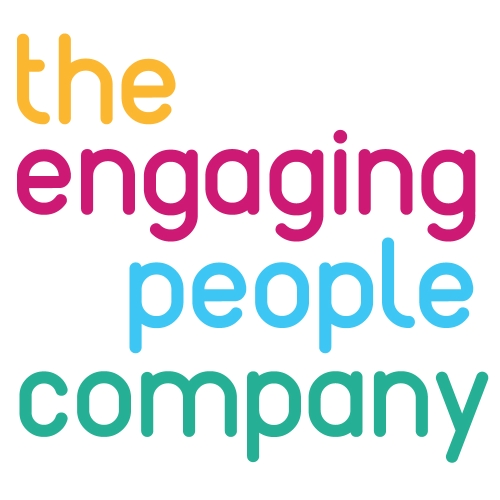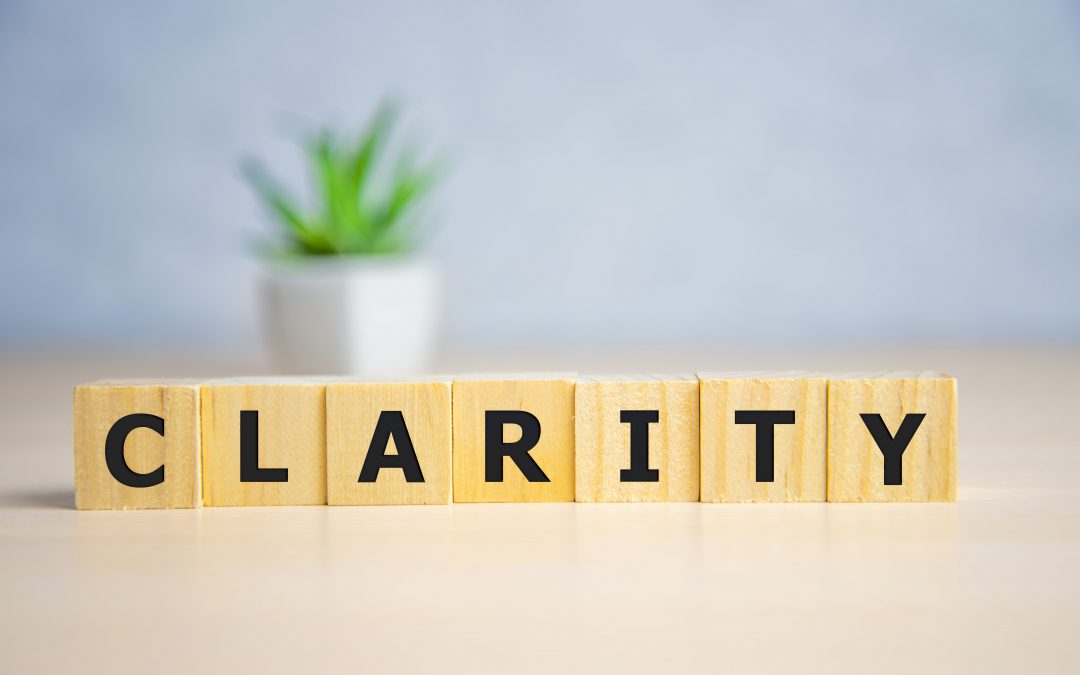We’re pleased to share with you a guest blog from Gemma Easterbrook, a senior communications specialist. Gemma shares her thoughts on the importance of clarity in communications – read on to find out more….
I want to be clear. Let me be absolutely clear. Is that clear?
How many times a day do we hear this kind of phrase? I find it’s becoming increasingly common to hear people either prefix a viewpoint with this or end an explanation with it. I think somewhere there must be an equation that shows that the more ‘being clear’ is emphasised, the more opaque the topic really is, ultimately having the opposite effect.
An aspiration, an intention and a question demonstrates that this quest for clarity and the importance of being understood is of value to us. And yet how many times have we been asked ‘is that clear?’ and simply nodded along, only to feel unclear and yet too embarrassed or bored to say ‘no’.
Say the word ‘clear’ enough times and it loses shape and meaning. And yet what’s clear to some of us, is simply not to others. Exploring interactions and challenging our understanding of perceptions lies at the heart of great engagement. The uniqueness of us as humans, added to the experiences we bring to a situation means that, we all see, hear, understand and act on things differently.
So engaging with a wide range of people requires finessed words that prick up the audience’s ears, and agility in the way we adapt our approaches to each set of people and the viewpoints within each of them. Many things are written without enough thought being given to how they will be received. It can be very difficult to step outside one’s own mindset, culture, and life experiences and be aware that the way we receive things is unique only to us.
Across all layers of communications, from internal communications to public affairs and change programmes, being able to anticipate what your audience may be thinking, and what experiences they’ve had that may influence their response can really inform the success of our ability to engage – and ‘be clear’ with the messaging.
So where can we start?
- Story telling: Take one story and these days there will be the original book written by the author, then an audio version read by a famous voice, as well as a film version. Something new and different can be taken from each medium, and be more or less impactful depending on the receiver. Keep exploring new ways to pique interest and get a reaction so you can engage in lots of ways at different levels.
- Listening: We can all practice reflective listening and listening without judgement. It can be truly revealing and enlightening.
- Reviewing and refining: Take a measure as you go along on what the key takeaways are from your range of audiences, rather than simply an audit at the end. This gives a chance to adapt your approach and keep a project on track.
- The room where it happens: Make sure the voices you’re listening to come from all sections and all areas of the project. Ask the challenging questions to provide scope for new ways of thinking and explore the difficult feedback and answers and be open to new ways of engaging.
And, if you need to finish a sentence with ‘Is that clear?’ then make sure you’re really listening to the reply.
Gemma Easterbrook


Recent Comments